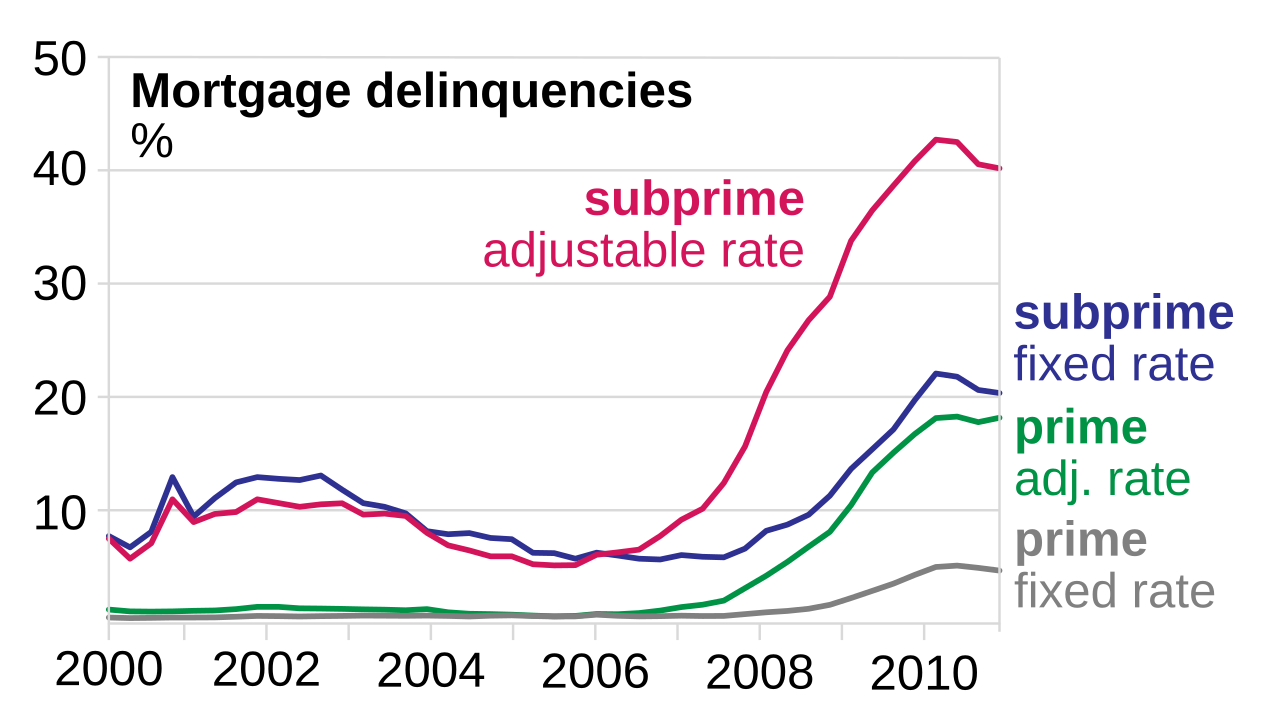Revisiting the 2008 Financial Crisis: New BiggerPockets Article
What Actually Caused the Real Estate Market to Melt Down

This is an excerpt from an article originally published on BiggerPockets.com
Not long ago, we appeared to be staring into the abyss of a recession. Goldman Sachs had put the odds of a global recession in 2025 at 60%, although it has now dropped that estimate to 35%. The U.S. Bureau of Economic Analysis concluded that GDP in Q1 2025 decreased 0.3%, although estimates for Q2 are positive.
Given this situation and the enormous rise in housing prices over the last 15 years, many believe we are about to see a repeat of 2008. I explained some time ago why, even if there is a recession, there will be no repeat of 2008 in the housing market. But I’ve had enough run-ins with angry commenters explaining how the real estate market is about to collapse to know this perspective isn’t universally shared.
Part of it may be that with some dark economic clouds on the horizon, there is a tendency to believe the next economic crisis will be like the last, despite it rarely working out that way, historically speaking. However, some of it may just be that enough time has passed that many of us have forgotten what exactly caused the greatest real estate meltdown in American history.
So, let’s jump back in time to revisit the absolute madness that was the housing market in the first decade of the 21st century.
“Housing Prices Always Go Up”
I started investing in real estate in 2005 (good timing, right?), and one of the first things I heard was the very odd-sounding phrase, “Housing prices always go up.” Admittedly, the phrase itself usually came with a caveat: “OK, not always, but just about.”
Still, the sentiment hovered about like the air you breathed at the time and was said or implied in a thousand different ways. Now, obviously, it wasn’t true, but more importantly, why would anyone even think this?
Part of the reason for this mass delusion was that there is a kernel of truth in it. On a country-wide basis, housing prices rarely go down. Indeed, if you’re on social media, you have very well seen this chart floating around:
Now, remember, this was 2005, so there were only two negative years between 1950 and then, and both of those were less than 1% negative. That sounds pretty encouraging, especially when you compare it to a similar chart for the S&P 500, which is littered with red years.
Unfortunately, while the chart is factually correct, there are many problems with it. First, it doesn’t go back far enough. Notice how the Great Depression isn’t included?
This reminds me a bit of Long Term Capital Management. The founders won a Nobel Prize in economics for their mathematical approach to arbitrage. But that math was only based on a few years of data. So when a black swan event occurred (namely, Russia’s debt default in 1998), the company collapsed in historic fashion. It was so over-leveraged that it threatened to bring down the entire global economy and ended up requiring a U.S. government bailout. (Spoilers for 2008, by the way.)
The second problem with that chart is that it only looks at nominal returns. When you go back to the turn of the century and also adjust for inflation, the chart looks quite a bit less favorable.
When you put it on a chart, the year-over-year changes look pretty modest for the most part until just before the beginning of the new millennium.
…
To read the read the rest, please visit to BiggerPockets.com
You can find my other book, Awesomeness, here.
And the audiobook here.
And please subscribe to my YouTube channel.




